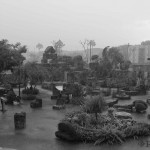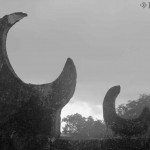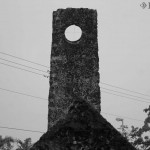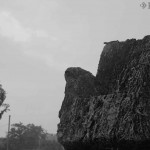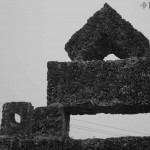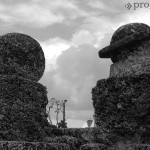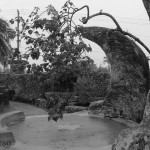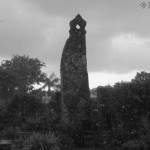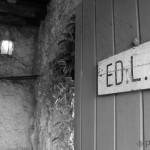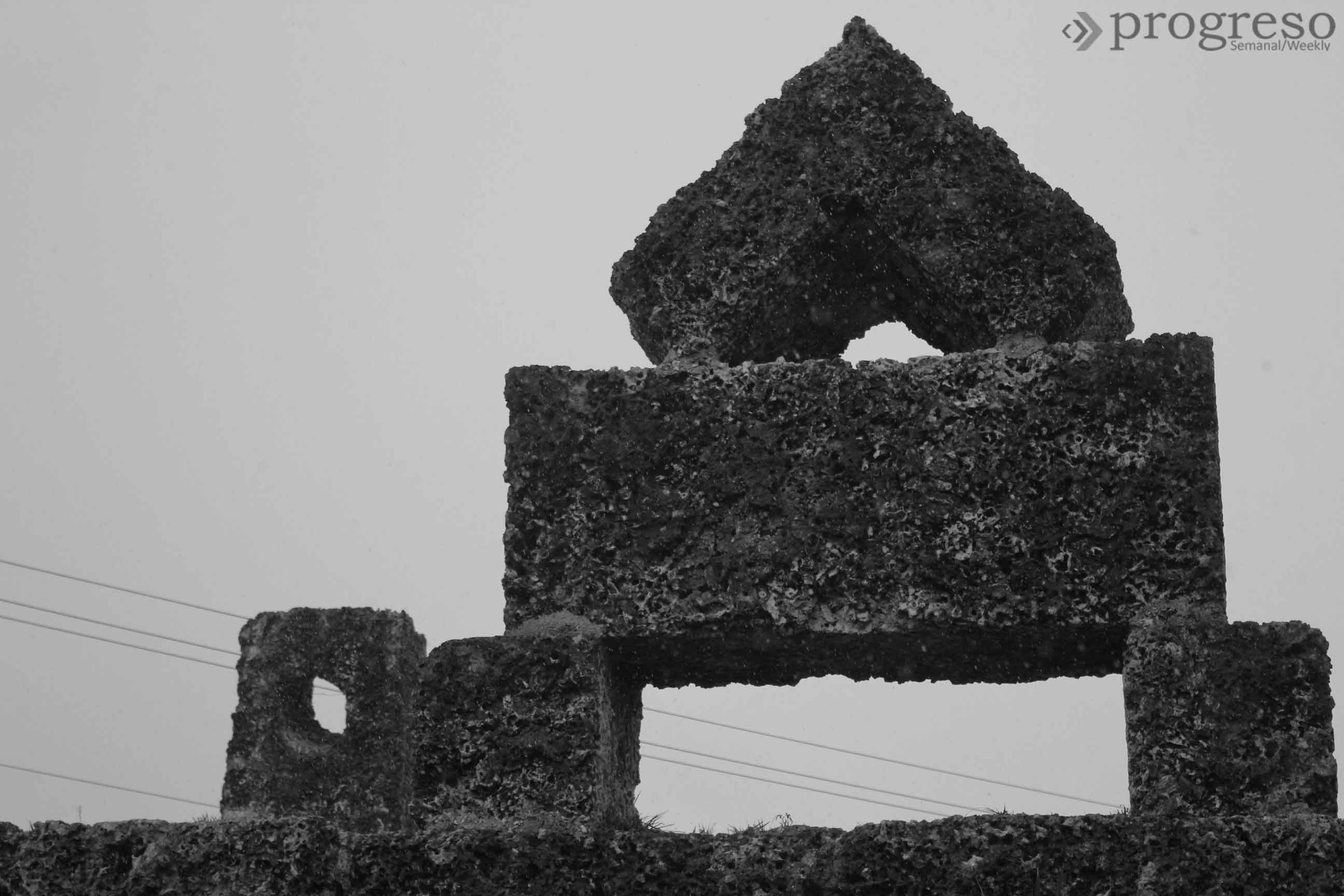
Coral Castle: A monument to love
The story of Edward Leedskalnin, at least the romantic story of the man who, under the light of a lantern and alone, digs corals at night when nobody sees him, and then positions them so as to build a castle (if preferred, a castle of Egyptian inspiration, since it has its rustic architrave of efficiency, of the impossible), is a story that at the moment may not interest us, as it has been told improbably, from the logical illusion that insinuates its deeds, some of his characters – including Leeds – and the surroundings themselves.
In other words, it is not for me to believe that a man alone, who weighed barely 100 pounds and stood 5 feet tall, was able to silently build Coral Castle, that garden of three forgotten acres in South Miami, under a fortress of coral.
If you look carefully, it’s just this romantic, almost idyllic version of the individual sacrifice of a man, that goes from one story to another, dominated shamelessly and with a clear purpose: to make us believe the story of Edward Leedskalnin, shown over and over in documentaries on TV, or in local tourism guides. It’s a story that begins with a young lover leaving Riga, Latvia, after being left by his fiancée, and who at the end is the same person in love – humble and tenacious. It’s a story they tell us is true.
That this man placed one stone after another, for 28 years, and that he built a Polaris telescope without delving into the physical principles of geo-sync; that he alone lifted and then placed, now able to be moved by the finger of a child, a 9-ton gate; that he did not have another job other than the charging of mere cents to display his work; that he did not allow any person to go up to his room where he had his anti-gravity dreams; that the years flew by while he read in the mornings and the afternoons sitting in his stone chair, which survived the consumption of its timber age; that he wrote on his doorstep, “ring the bell twice” and answered with the words, “Only I know the laws of the lifting and the heavy load;” or that later he write, perhaps sensing his death, “I’m going to the hospital,” just three days before his death – something that you and I can not assure is so and that being so, perhaps neither you nor I would spare .
But to dedicate the castle to Agnes Scuffs, the woman who broke his heart, however, is something I do not understand, and which I find impossible to believe. I prefer to look at the stone, imagine it as a piece of what it was, and perhaps because of this objective and practical gesture, can be born a dream.
(Photos taken in Miami by Abel Sanchez. Text by Carlos Díaz Hernández.)


